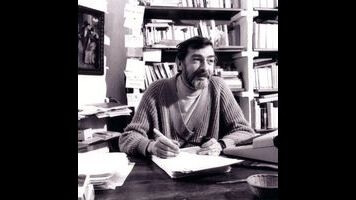Paris Vagabond vividly evokes a city at its worst

Can cities still inspire vivid, obsessive description? Reading Paris Vagabond, first published in French in 1952, one can’t help but think of the near-extinction of a particular literary gene (or genre), at least in the West: the impulse to write about cities as teeming with life, often the worst of it. But cities themselves haven’t changed much. The big metropolises are still places of stratification—the greatest differences between rich and poor and the greatest variety of crime—and are still defined by cycles of redevelopment and decay that put them in a state of perpetual transition. Like most good books about urban space, Paris Vagabond describes a cityscape mid-phase between past and future. There is the Zone, a patch of undeveloped land, home to ragpickers, that is “gradually disappearing, like a grease spot being vigorously rubbed”; “neon is invading the shops on even the darkest streets,” and the Saint-Ouen flea market is “no longer a place for good deals where good folk … go on Sunday mornings.” The one ironic constant about cities is that they are never what they used to be.








































